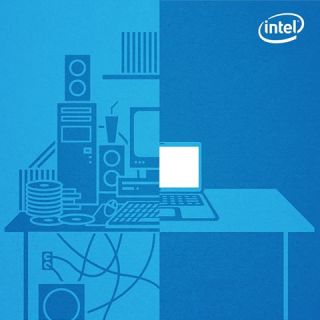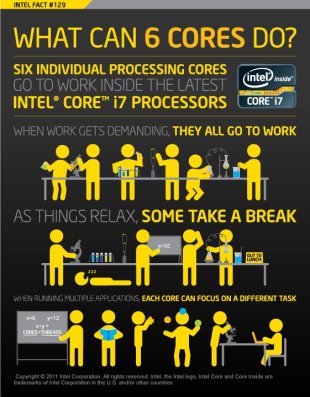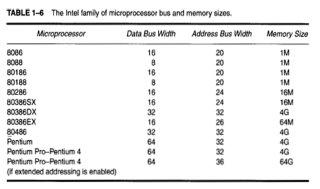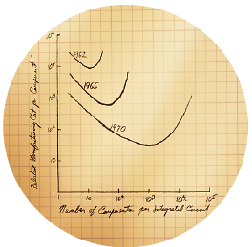MY CONTRIBUTION TO INTEL FOR THE FUTURE….
OS INTEGRATION CARD
Short Description
OS INTEGRATION CARD can be handled just like a graphics card or USB ,which helps in OS switching with one click .Here there is no need to worry about the variations in the file systems.The variations in the file system is neglected by matching or uplifting the files to destined file system.
Full Description
There are many instances where we need to shift operating systems. Rebooting the computer for switching between operating systems can be tedious and time consuming.
OS INTEGRATION CARD can be handled just like a graphics card or USB.
It can adjust to the working conditions and will monitor the system functioning .it can also help in maintaining the temperature and will provide a constant analysis and warning about the radiations and temperature .
It will contain the operating systems which we prefer and help us in switching between operating systems with one click or even voice and touch..in short a card that can be controlled by voice, click or touch.
Example :
For a Ubuntu user who needs to use a few Windows applications occasionally (Photoshop, Illustrator, Fireworks etc that don’t work acceptably with Wine) he may use VirtualBox to boot a “virtual” install of Windows which requires quite a powerful machine with plenty of RAM to run really well. But this approach is not appreciated. In such cases we can use OS INTEGRATION CARD.
HOW TO USE OS INTEGRATION CARD?
1. Connect OS INTEGRATION CARD to your system before you power on.
2. When you power on the system the card lists the operating systems.
3. Select the OS which you need to boot.
4. Your selected OS began to boot and the welcome screen is displayed.
5. If you need to switch to other OS, activate your card to switch mode.
6. Now card will take you to the OS list, select the one to which you need to switch.
7. The new OS will open as a new window in the previously opened window.
8. If you want to transfer files between operating systems that’s also allowed.
9. After the completion of the works close the window. Thus shutting the OS newly opened.
While we exchange the files between operating systems the variations in the file system is neglected by matching or uplifting the files to destined file system.
Example:
An executable file in windows can be transferred to ubuntu 12.04 for installing a particular application .The OS INTEGRATION CARD will uplift the file system of ubuntu 12.04 to accommodate the changes so that the file can be executed in it.
This idea probably reduce the time and space complexity of the existing systems and will enable all sort of people to handle their works much more efficiently.
What will happen when you are in the middle of a presentation and need to use other OS..??
What to do when you find your important files non-compatible with your OS ??
When you are put in such unpredictable situations ..
Solution is : OS INTEGRATION CARD !!!!!!!!!




















